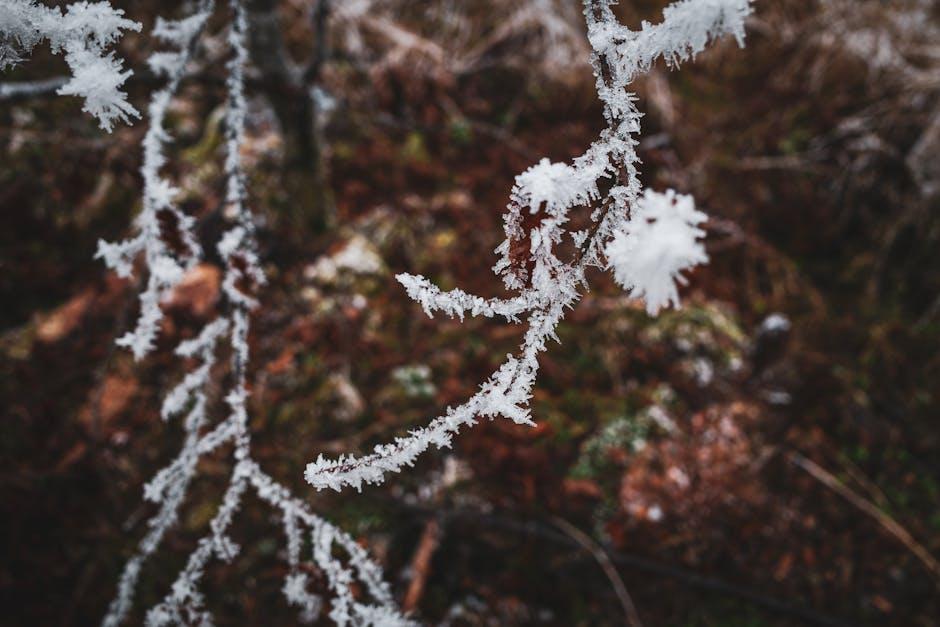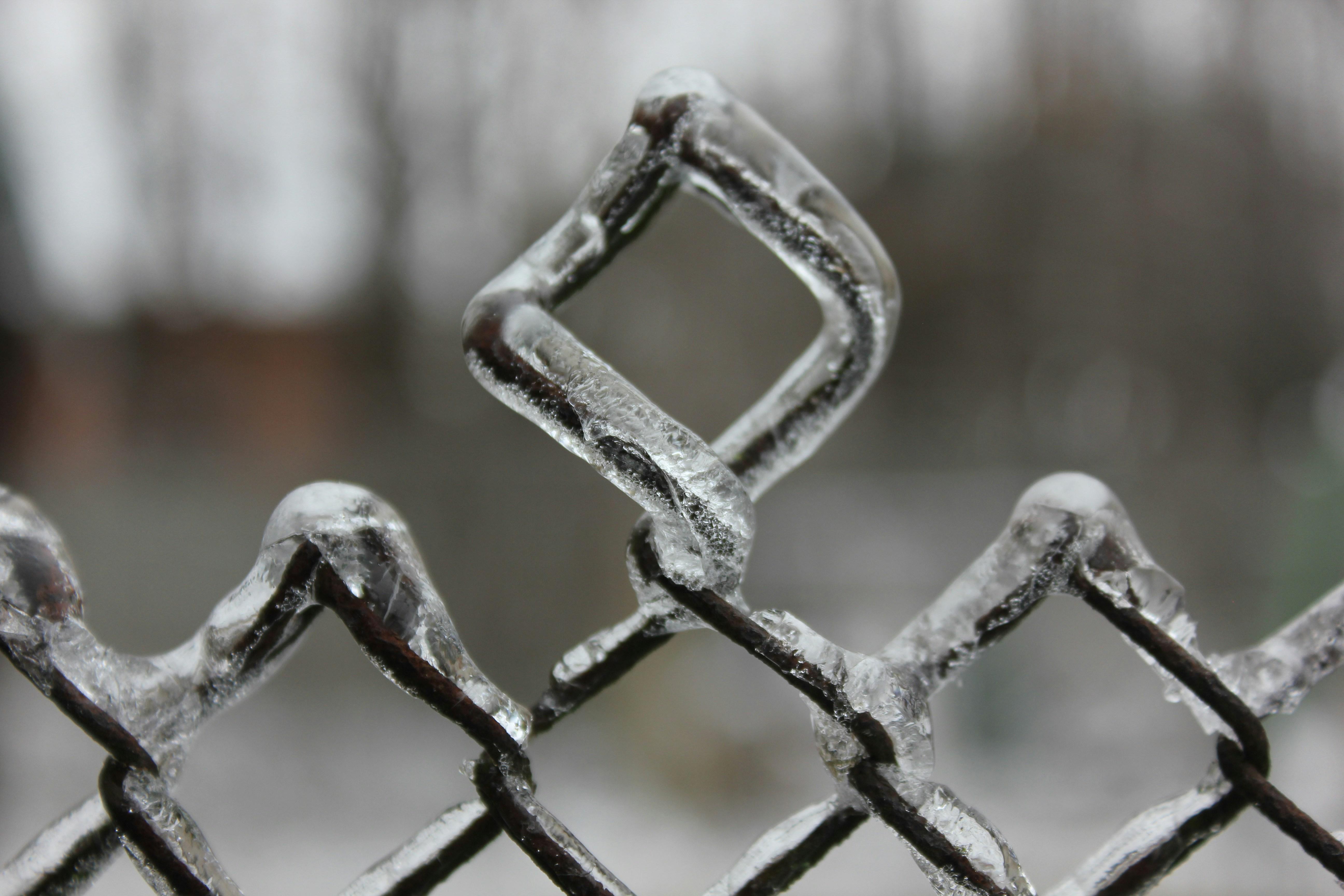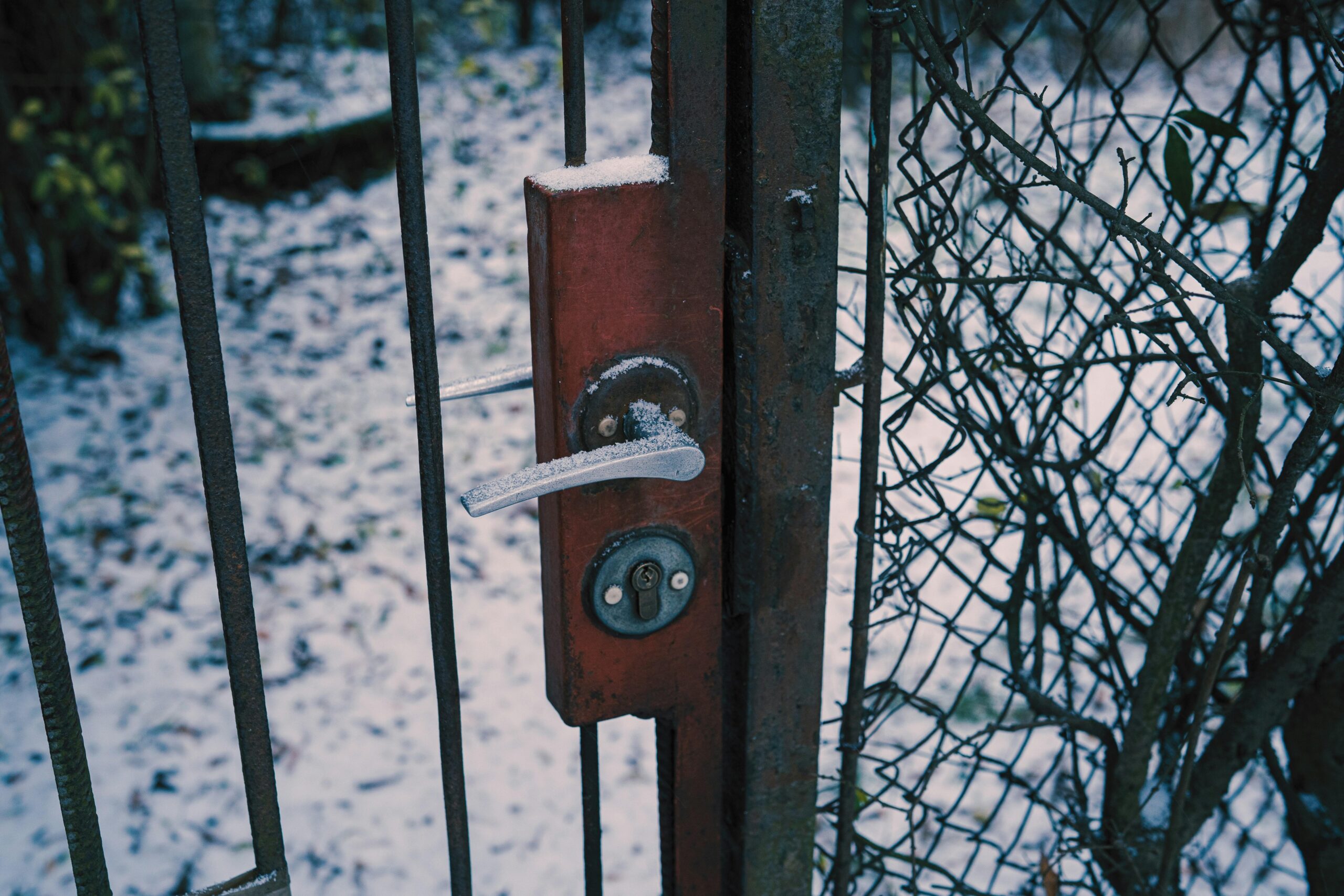When winter’s icy grip sets in, the simple act of turning a key can suddenly feel like a battle against the elements. Locks, designed for security and ease, often transform into sources of frustration in freezing temperatures. From stubborn bolts refusing to budge to keys that snap under pressure, cold weather poses unique challenges that can leave anyone locked out-literally. Understanding the top lock problems encountered in freezing conditions not only prepares you for the unexpected but also helps safeguard your home and peace of mind during the chilliest months of the year.
Table of Contents
- Common Causes of Lock Freezing in Cold Weather
- How Moisture and Temperature Fluctuations Impact Lock Functionality
- Effective Prevention Techniques to Keep Locks Operational
- Step-by-Step Troubleshooting for Frozen Locks
- Recommended Products and Tools for Cold Climate Lock Maintenance
- Q&A
- The Way Forward

Common Causes of Lock Freezing in Cold Weather
When temperatures plunge, locks can quickly become victims of the cold, primarily due to the buildup of moisture that freezes within the mechanism. Condensation seeping into the lock’s internal components turns into ice, causing parts to stick and making it nearly impossible to turn the key or push a latch. Another common culprit is metal contraction; as the cold affects the lock’s materials, particularly metals, they contract and can lead to tighter gaps or misalignment of the tumblers and pins inside the lock cylinder. This physical change can restrict movement and hinder smooth operation.
External factors also play a significant role in icy lock troubles. For instance, snow and ice accumulation around door frames can seep into locks when melting occurs during day-night temperature shifts, refreezing later and jamming the mechanism. Additionally, older locks lacking proper lubrication or seals are especially vulnerable to freezing due to exposed moving parts catching cold and moisture. Below is a quick reference highlighting key causes:
| Cause | Description | Impact |
|---|---|---|
| Moisture Ice Build-Up | Water trapped inside freezing solid | Lock jams, key won’t turn |
| Metal Contraction | Cold shrinks metal components | Misalignment inside lock |
| Snow & Ice Accumulation | External freezing affects lock function | Frozen latch or bolt |
| Poor Lubrication | Dry or old lubricant hardens | Difficult key operation |

How Moisture and Temperature Fluctuations Impact Lock Functionality
Fluctuations in moisture and temperature can wreak havoc on lock mechanisms, especially during freezing weather. As temperatures drop, any trapped moisture inside the lock cylinder can freeze, causing the internal components to contract and seize up. This can lead to a lock that turns stiffly or not at all, frustrating users trying to gain access. Moreover, constant expansion and contraction caused by temperature swings place stress on delicate parts such as springs and tumblers, increasing the likelihood of mechanical failure over time.
Understanding the relationship between environmental conditions and lock performance is essential for maintaining security and functionality. The effects of moisture and temperature can include:
- Ice formation: Prevents smooth key insertion and rotation.
- Corrosion risk: Moisture promotes rust, degrading metal components.
- Component wear: Repeated contraction and expansion weaken internal parts.
- Lubricant degradation: Cold can thicken grease, reducing efficiency.
| Issue | Cause | Effect |
|---|---|---|
| Frozen Lock Cylinder | Water freezing inside | Lock jams, key won’t turn |
| Rust Formation | Persistent moisture | Corroded internal parts |
| Spring Failure | Temperature stress | Lock does not reset properly |

Effective Prevention Techniques to Keep Locks Operational
To maintain the functionality of locks during harsh winter months, taking proactive measures is essential. Start by regularly applying a quality lubricant specifically designed for locks, such as graphite powder or silicone-based sprays. These lubricants prevent moisture buildup and reduce the risk of freezing. Additionally, consider installing protective covers or weatherproof casings to shield locks from direct exposure to snow and ice, minimizing the chances of internal components seizing up.
Simple habits can also go a long way in preserving lock performance. Before sealing doors, wipe down locks to remove moisture, especially after snowstorms or heavy rain. If a lock feels stiff, avoid forcing the key to prevent damage; instead, warm the area gently with a hairdryer or hand warmer. Below is a quick-reference table summarizing key prevention techniques:
| Technique | Benefit | Tip |
|---|---|---|
| Lubrication with graphite | Prevents freezing | Apply every 1-2 months |
| Weatherproof covers | Blocks snow and moisture | Use insulated materials |
| Moisture removal | Reduces freezing risk | Wipe locks after exposure |
| Gentle warming | Frees frozen locks | Use warm air, not flame |

Step-by-Step Troubleshooting for Frozen Locks
When dealing with a lock that refuses to budge in freezing weather, the first priority is to avoid forcing the key, which can lead to breakage. Instead, gently warm the key using your breath or by holding it in your pocket for a few moments. Applying a silicone-based lubricant or graphite powder directly into the keyhole can also help in loosening the frozen mechanism without causing damage. Avoid using water or oil-based lubricants as these can freeze and worsen the blockage.
Follow these practical steps for a quick thaw and smooth function:
- Warm the key gently, then insert it slowly.
- Spray a lock-specific de-icer or lubricant directly into the keyhole.
- Use a portable hand warmer or a hairdryer carefully on a low setting, keeping it a safe distance.
- Check the lock’s condition regularly during extreme cold to prevent freezing.
| Method | Effectiveness | Risk Level |
|---|---|---|
| Breath warming | Moderate | Low |
| Graphite powder | High | Low |
| Hairdryer (low heat) | High | Medium |
| Oil-based lubricant | Low | High (may freeze) |

Recommended Products and Tools for Cold Climate Lock Maintenance
When braving the bite of winter, equipping your home with the right products can make all the difference for lock longevity and reliability. A few must-haves include graphite-based lubricants, which coat internal components without attracting dust or moisture, effectively preventing frost build-up. Complementing these are silicone spray lubricants, offering waterproof protection that keeps the mechanism smooth even in the chilliest conditions. Additionally, installing lock covers creates a physical barrier against snow, ice, and wind, safeguarding your locks from direct exposure and prolonging their functional life.
Here’s a quick reference of essential tools and products to keep on hand for winter lock care:
| Product/Tool | Purpose | Recommended Use |
|---|---|---|
| Graphite Lubricant | Dry lubrication to prevent freezing | Apply quarterly, avoid overuse |
| Silicone Spray | Waterproofs lock components | Use monthly during peak cold spells |
| Lock Cover | Shields lock from elements | Install before winter onset |
| De-icer Spray | Melts ice quickly | Keep ready for emergency use |
Q&A
Q: Why do locks often freeze in cold weather?
A: Locks freeze because moisture inside the lock cylinder or keyhole turns into ice when temperatures drop below freezing. This ice prevents the internal components from moving freely, making it difficult or impossible to insert or turn the key.
Q: What are the most common lock problems encountered in freezing temperatures?
A: The top issues include frozen lock cylinders, keys sticking or snapping off, lock mechanisms jamming, and difficulty in turning the key. Sometimes, even electronic keypads or smart locks can malfunction due to battery performance drops in the cold.
Q: How can I prevent my lock from freezing?
A: Preventive measures include applying a silicone-based lubricant or graphite powder to the lock before cold weather sets in, covering exterior locks with plastic or rubber protectors, and regularly using the lock to keep its internal parts moving. Keeping your keys dry also helps reduce moisture buildup.
Q: What should I do if my lock is already frozen?
A: Avoid forcing the key as it could break. Instead, try gently warming the lock with warm (not boiling) water, a hairdryer, or by applying heat from a hand warmer. You can also use de-icer sprays specifically designed for locks. After thawing, lubricate the lock to prevent refreezing.
Q: Are there any specific types of locks more resistant to freezing?
A: Yes, some locks are designed for cold climates, often sealed to keep moisture out or made with materials less prone to freezing. For example, stainless steel locks or those with weatherproof covers tend to perform better in freezing conditions.
Q: Can freezing temperatures damage my lock permanently?
A: Prolonged exposure to ice inside a lock can damage internal components such as springs and tumblers. Rust or corrosion from trapped moisture can also lead to permanent malfunction, so timely maintenance is crucial.
Q: Is it better to call a locksmith or try fixes myself?
A: Minor freezing issues can often be resolved at home with careful warming and lubrication. However, if the lock remains stuck or the key breaks off, consulting a professional locksmith can prevent further damage and ensure safe, effective repair.
Q: How does freezing temperature affect electronic or smart locks?
A: Cold temperatures can reduce battery life and slow response times in electronic locks. Moisture can also cause short circuits. Regular battery checks and protective covers can help maintain functionality in winter.
Q: What role does humidity play in lock freezing?
A: High humidity increases the amount of moisture that can enter the lock, raising the likelihood of ice formation. Conversely, drier cold air may reduce freezing risk but won’t eliminate it entirely.
Q: Any quick everyday tips for dealing with lock problems in freezing weather?
A: Keep a small bottle of lock de-icer or graphite powder handy, avoid using oil-based lubricants (which can thicken in cold), always remove snow or ice buildup near locks promptly, and never force a key if it feels stuck-warm it gently instead.
The Way Forward
As winter’s chill sets in and temperatures drop, the humble lock faces challenges it rarely encounters in warmer months. From frozen mechanisms to brittle materials, these cold-weather quirks remind us that even the simplest security devices aren’t immune to nature’s icy grip. Understanding the top lock problems in freezing temperatures not only prepares us to tackle them head-on but also underscores the importance of prevention and proper maintenance. So, as you bundle up this winter, don’t forget to give your locks a little extra care-because sometimes, the coldest battles are the ones right outside your door.





